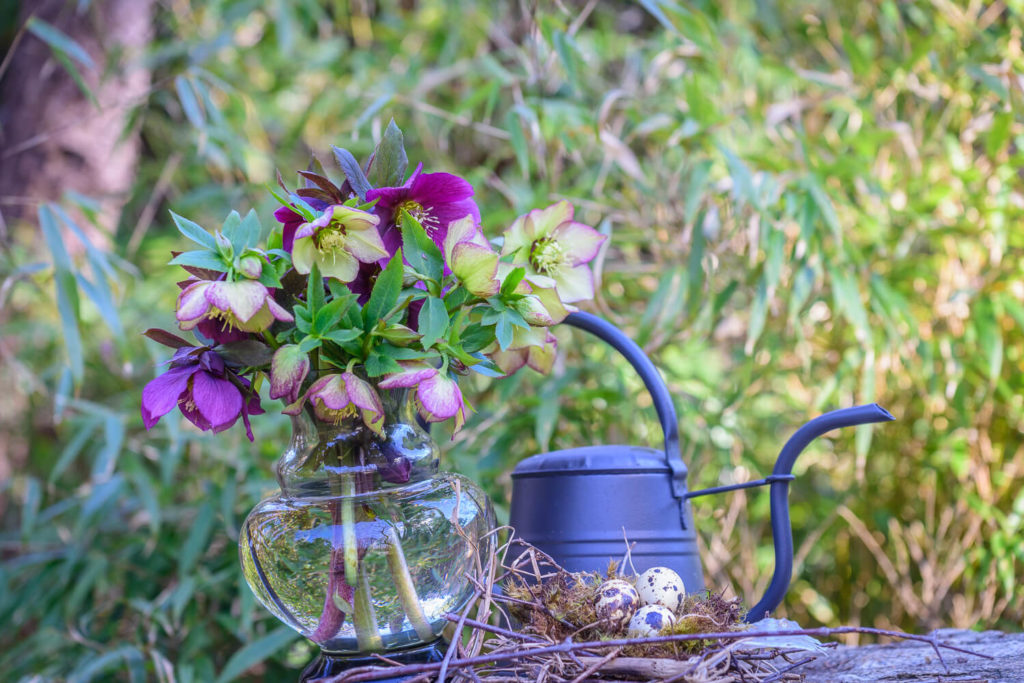
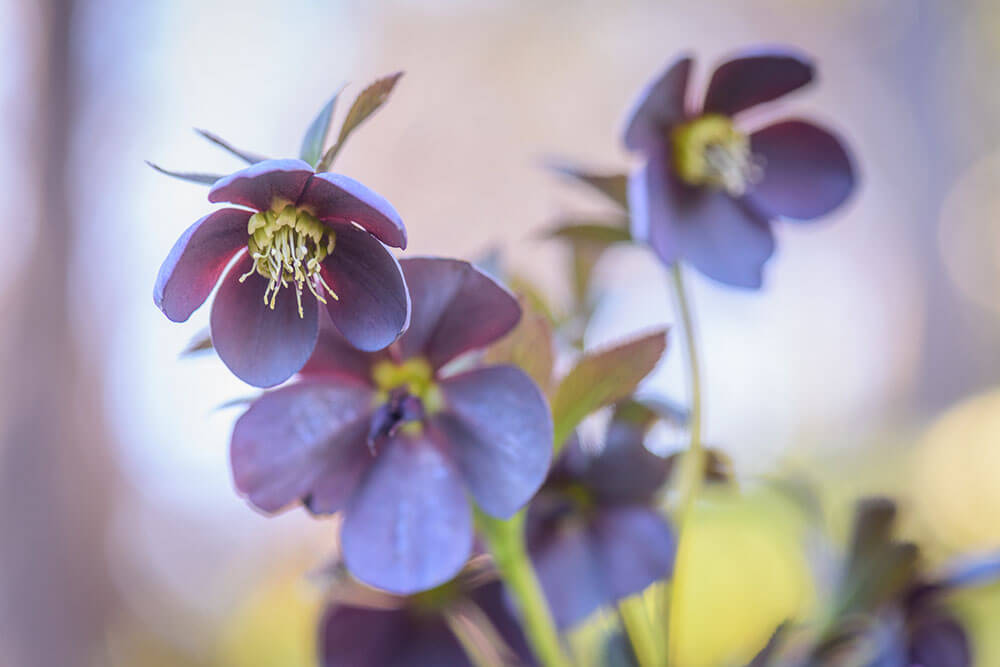
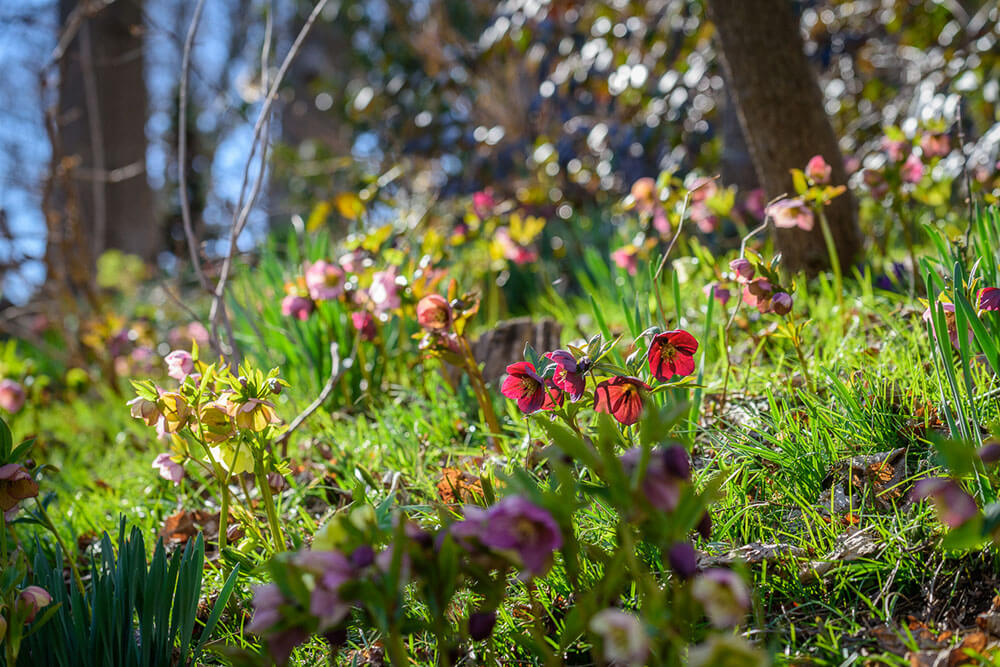
Hellebores
Hellebores are the ultimate shade plant. They are long lived and are susceptible to few diseases and pests, such as deer. The fact that they are basically evergreen only adds to their allure. No wonder they were the Perennial Plant Association’s Plant of the Year for 2005.
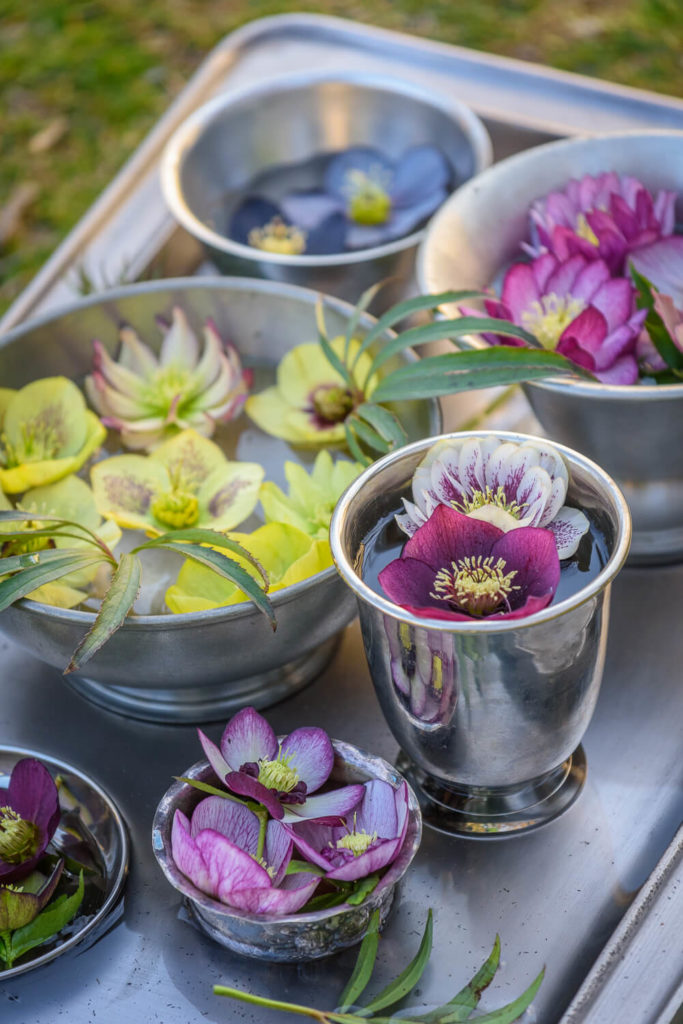
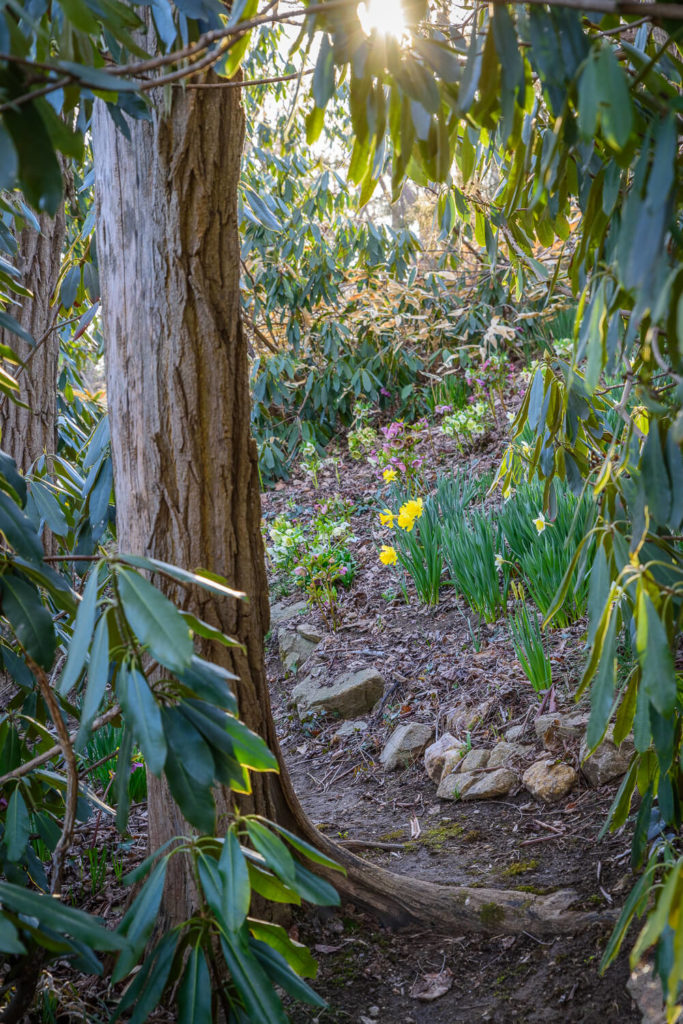
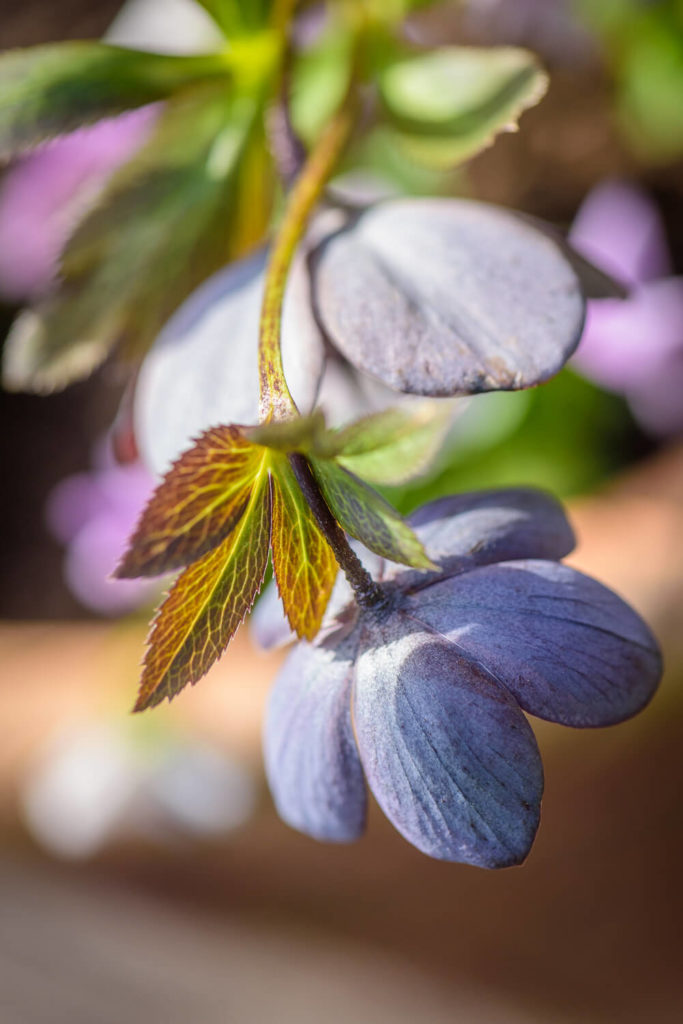
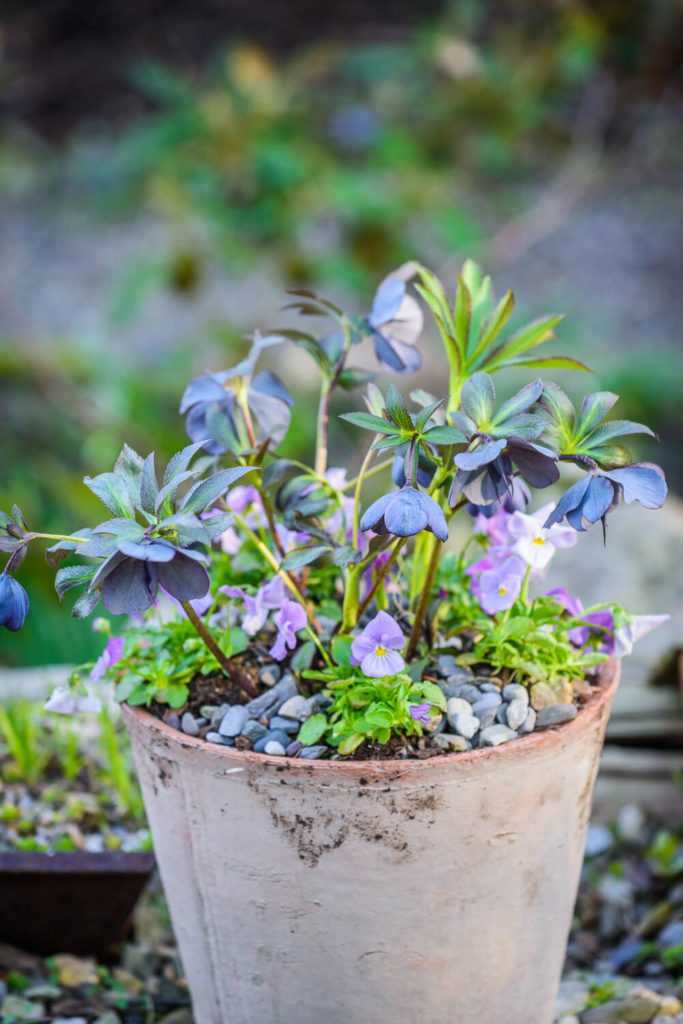
Brandywine Hybrids™ Hellebores
Brandywine Hybrids™ hellebores are seedlings that originated from my garden, the result of decades of hand selected parent plants from the best breeders throughout the world. Many are several generations old!
I’ve tried to build on these foundations and my hybrids contain hand-polished, open-pollinated and self-pollinated plants. Single, Anemone (semi-double) and doubles are included in this much-improved mix. Color forms are the chief focal point of my breeding work.
All of our species are seeds collected from wild grown plants in their native habitat. We offer only the best species for the garden. These species are not only for the serious collector but add an undeniable grace of form, which is especially useful in natural or woodland settings. You will appreciate species with interesting foliage like H. multifidus and H. torquatus along the edge of pathways with the form and texture they impart to the garden. On a personal note I leave you with a prediction: For the past 20 plus years I’ve eagerly awaited their bloom and each year I am once again encharmed by the old favorites and the new colors that appear. I believe you will enjoy them too.
Wholesale liners are available from finer wholesale nurseries such as North Creek Nursery, and other retail locations throughout the United States.
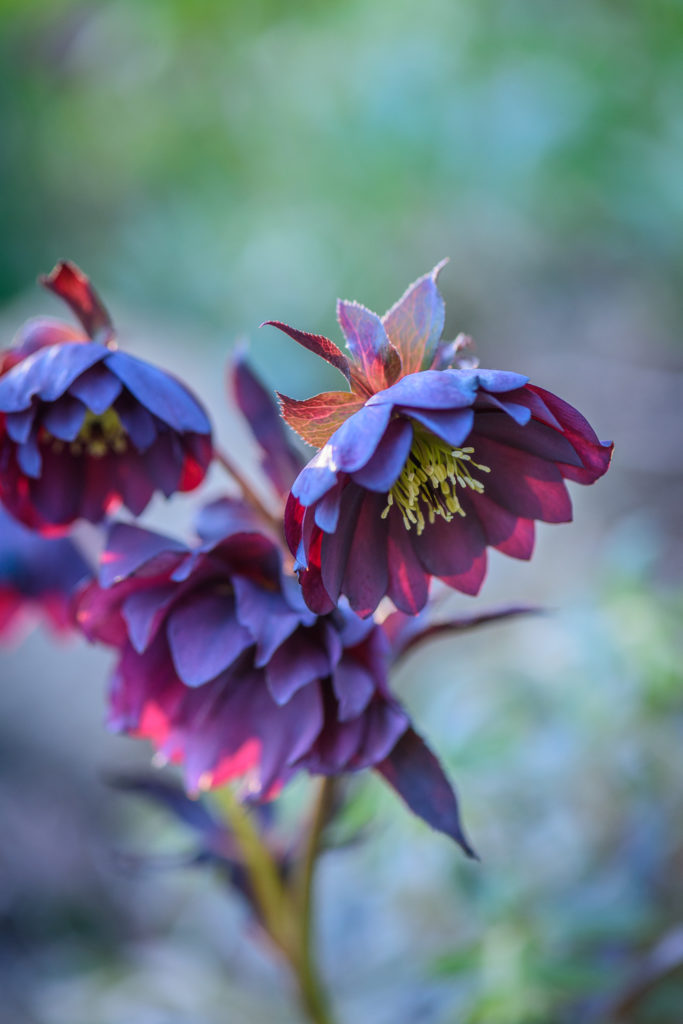
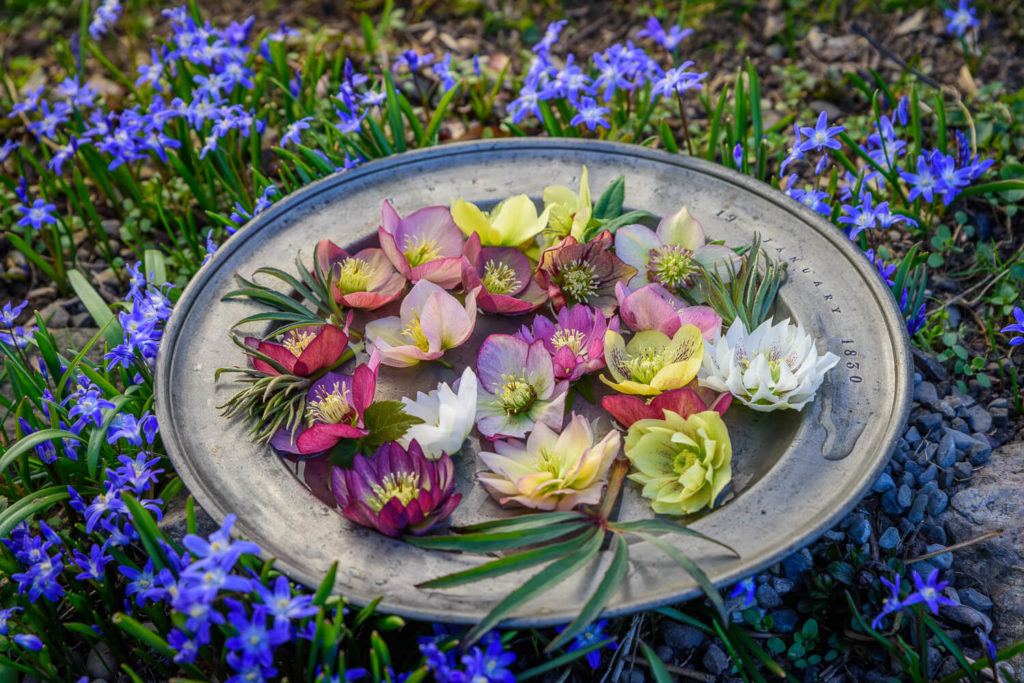
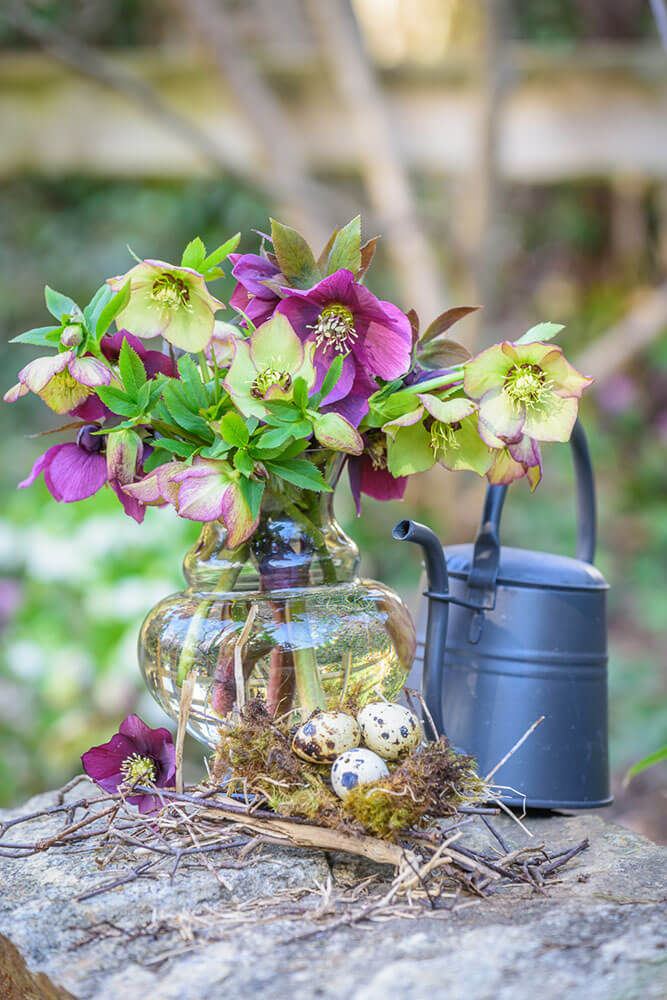
Lenten Roses
Helleborus Hybridus
The most popular and easiest to grow are the Oriental Hybrid Hellebores (Hellebore hybridus). Their common name is Lenten Rose because they bloom around the beginning of lent. They tolerate almost full sun to almost full shade, although dense shade may reduce flower production.
Generally they enjoy slightly neutral to acidic soils and will tolerate dry shade. Don’t plant them in soils that are too wet as it may encourage rot. When planting hellebores make sure the crown is just covered by soil. As with peonies, planting too deeply also inhibits flower production. Applications of well-rotted manure, leaf compost and lime encourage strong growth and flowering. They will forgive you if you forget for a few years.
To better view the flowers, remove the past years foliage in late January or early February before the buds emerge to avoid damaging them. Don’t throw the old leaves in the compost heap because it takes more than a year for them to decompose.
Propagation is easy. They will self sow if happy. You may want to discourage this tendency by cutting off the seedpods. This not only keeps the garden tidy but also prevents seeds from sowing into crowns of other plants. Controlled crosses are best to maintain type and color. Although you don’t have to regularly divide them, it’s the best method for creating an exact duplicate of the parent.
I divide in spring or late summer. Late summer is best since flower buds form in early summer. Simply divide the crown and keep it watered until they become established.